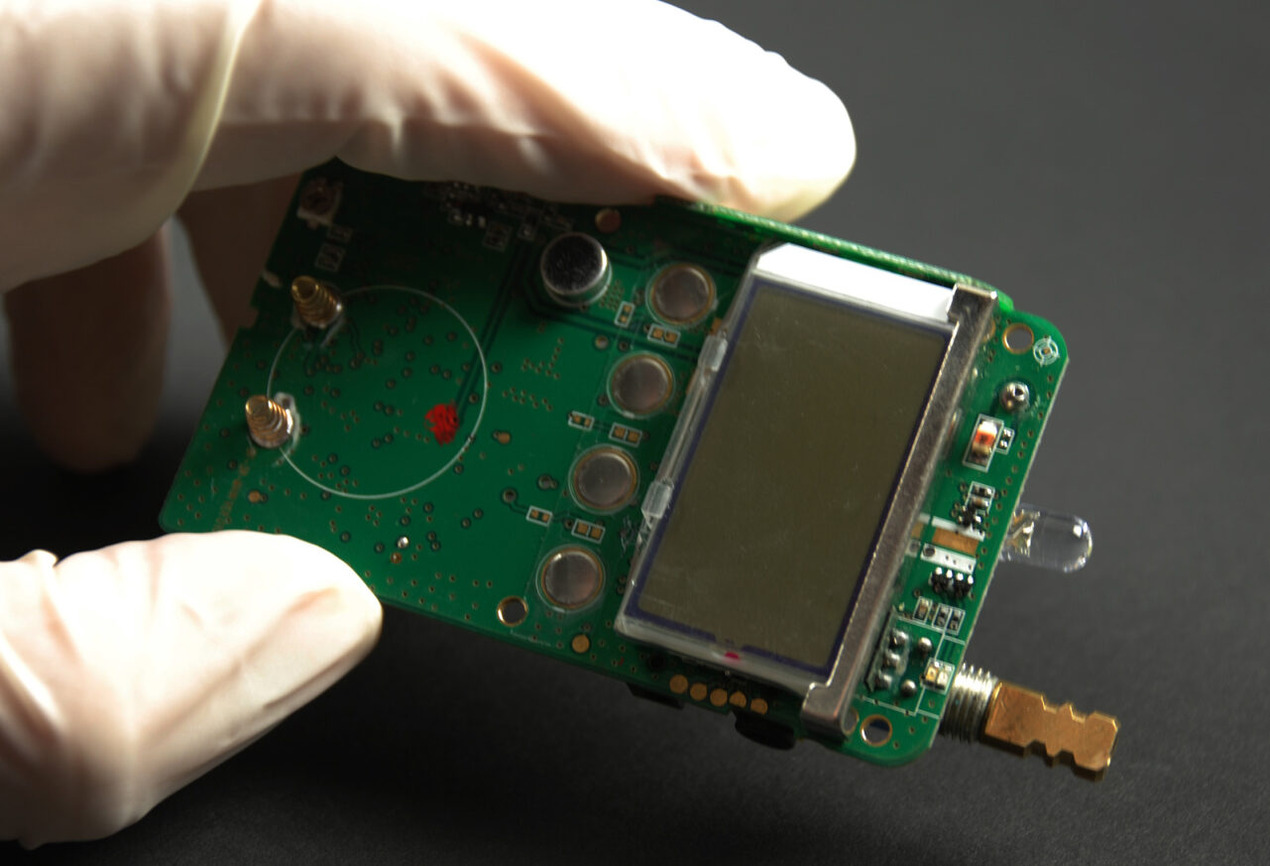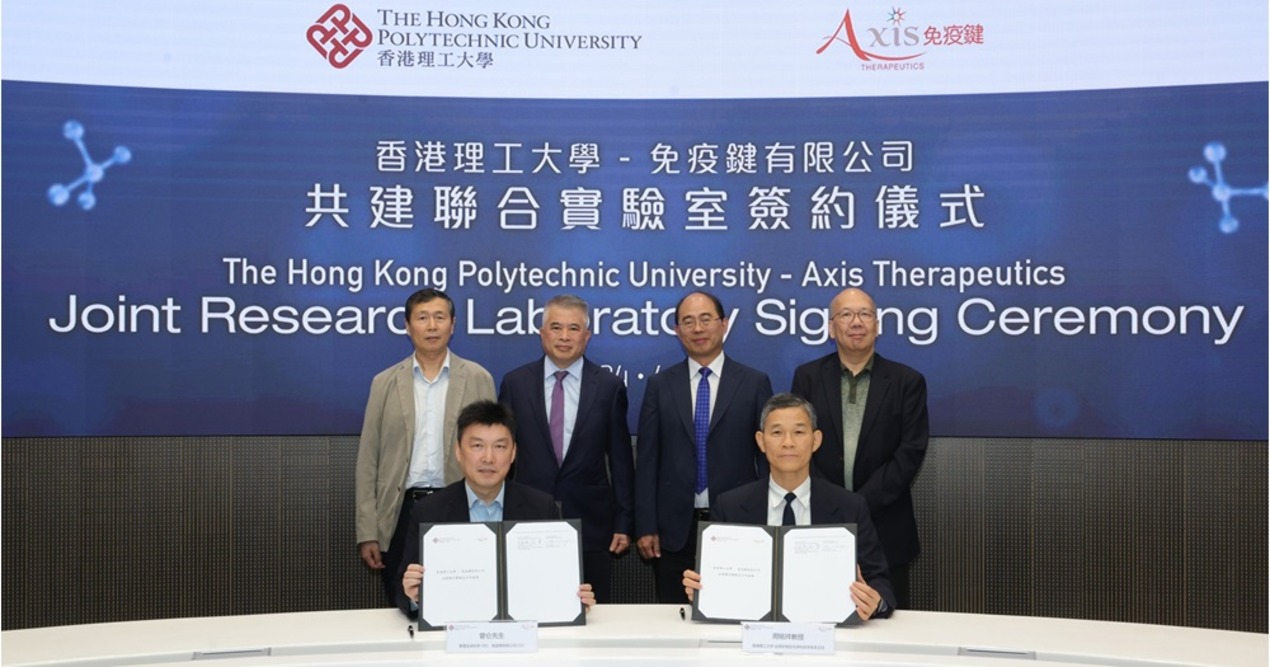
In late 2015, state-owned PT Bank Mandiri, the largest bank in Indonesia in term of assets, loans and deposits, announced the establishement of a venture capital fund, PT Mandiri Capital Indonesia (MCI) to invest in innovative FinTech start-ups and help them scale quickly by utilising Bank Mandiri's financial expertise, coupled with access to a vast network of merchants and customers.
The fund was backed by an initial investment of IDR 500 billion (~USD 37 million). During 2016, MCI had a total investment of IDR 210 billion (~USD 16 million) with a focus on payment, SME solutions and lending. MCI is receiving a capital injection of a further IDR 200 billion from its parent company, Bank Mandiri, during 2017.
OpenGov conversed with Eddi Danusaputro, Chief Executive Officer of MCI, to learn about the FinTech landscape in Indonesia and MCI’s future plans.
Can you tell us about the current FinTech landscape in Indonesia and MCI’s outlook on it? What will be the impact of the evolving regulatory environment on the sector?
Indonesia FinTech industry is reaching an inflection point, where for the very first time FinTech manages to overtake e-commerce (although it's still the highest by amount with US$ 420.9 M), as the top sector by number of deals with 73 investments (vs. 56) recorded in 2016 according to Tech in Asia.
For 2017, we expect to this trend to continue, especially by leveraging the e-commerce boom in Indonesia which allows FinTech to gain even more traction, primarily in Payments (seamless online payment infrastructure) and Lending (alternative lending options for consumers and merchants) to support the growth of e-commerce, which has been the focus of MCI since the beginning.
Indonesian regulators are also getting more cautious, while still trying to be friendly, to oversee this emerging sector which is indicated by the launch of Bank Indonesia FinTech Office and new regulations on online lending by OJK (Financial Service Authority). We expect these 2 institutions will take the lead in shaping the regulations of Indonesian FinTech industry down the road, while also being supported by other government entities to nurture the start-ups ecosystem, entities such as Minister of Communication and IT (Menkominfo) with 1,000 Start-ups Movement, Indonesia Stock Exchange (IDX) with their incubation program to prepare start-ups in the region to go for IPO, and Indonesia Creative Economy Agency (BEKRAF) which design as a support system through various initiatives.
You have talked about financial inclusion in your message on the company website. How is MCI working to improve financial inclusion through FinTech investments?
Our investment thesis since the beginning has been that FinTech start-ups could accelerate financial inclusion in Indonesia. MCI is well positioned to be the best partner because we have the network and resources of the largest financial service group in Indonesia, Bank Mandiri, backing us.
For instance, our investment in one of the leading P2P Lending Start-ups in Indonesia which uniquely focuses on providing access to capital for micro SMEs within rural area like Ciseeng, Bogor. SMEs of this type don't have access to formal financial institutions, since the closest bank branch is around 15KM from where they live. Through agent-based model with Grameen Bank loan management approach, powered by psychometric credit analysis technology, this start-ups’s presence has become the best solution for micro SMEs in that region.
By partnering with MCI, this start-up is able to provide access to financial products beyond just capital, which includes saving accounts and money transfer facilities, powered by sharing agent and cash/payment point scheme operated by Bank Mandiri Branchless Banking. This allows the start-ups to reach economies of scale even faster and help more micro SMEs across the archipelago.
What are the focus areas for MCI during the coming year? Are there any specific types of FinTech Mandiri Capital would be looking to invest in? Is there any change in this from the previous year?
So far, we don't have any significantly different plan in terms of investment thesis and strategy compared to last year. We still focus on opportunity in investing into high growth FinTech start-ups predominantly within payments, lending, and enterprise technology for SMEs or any technology that could support Bank Mandiri’s core banking system and other group subsidiaries within the financial service industry, such as Non-Banking Financial Institutions (NBFCs)/Multi Finance, Health and General Insurance, Asset Management, Securities/brokerage, Remittance, Sharia Bank, etc.
However, since our current portfolio is mainly from Indonesia at the moment, we want to be more aggressive in finding other opportunities beyond Indonesia, such as in Singapore, Malaysia, Thailand, and Vietnam, even though 'Indonesia Enabler' continues to be our main angle, given our value proposition through Bank Mandiri's abundant networks and resources in Indonesia
We read that Mandiri Capital received a capital injection from the parent company in January 2017. What are the investment targets for 2017? What is the average ticket size of investments are you looking at?
We are still running in the form of Balance Sheet fund, meaning that it's still 100% group's money as the sole investors, which is coming in the form of tranches that keep increasing along the year. Although we might also want to have our own venture fund in the future, which allow other investors to become our LPs, but this plan will still remain off the table at least for some years.
In terms of our sweet-spot, we are primarily looking for opportunities in post-seed or pre-series A start-ups within payments, lending, and enterprise technology to support SMEs, Bank Mandiri core banking system, and other subsidiaries with avg. ticket size of US$500 K to US$1 million for first time investment, on which we will keep doubling down in the future rounds based on the synergy level.
Which criteria do you consider most important when making investment decisions in FinTech?
Founders are still the most important factor for early stage investment, including FinTech companies, from our experience.
We are ideally looking for founders who fundamentally understand the problems within financial service industry in Indonesia, followed by stellar management who have strong leadership skill in managing and recruiting top talents to scale the business exponentially.
Besides that, product market fit also becomes a key point to look at, when we make investment decisions. Whether the product fits with the Indonesia market and could scale up to tap bigger opportunities, while also being able to maintain positive economic metrics through a sustainable business model.
We are not really looking for tremendous traction, as that is the point where MCI is well positioned to help the start-ups through our robust group network of customers from various segment and market within financial service industry in Indonesia.
Along with capital investment, Mandiri Capital says it provides support in the form of know-how and expertise and through an incubator program. Can you tell us about them?
As part of a state-owned enterprise, we would also like to build an ecosystem within MCI to support the growth of start-ups in various stages. Especially for start-ups in a quite early stage (pre-seed to seed) for which we see a lot of potential down the road, we will offer them an incubation program to allow us to work together earlier and help them to reach their goals faster-better through a comprehensive 6-month incubation curriculum that focuses on idea validation, product-market fit, and scalable growth engine by leveraging Bank Mandiri’s networks and resources.
Eddi Danusaputro is a speaker at the upcoming Indonesia OpenGov Leadership Forum in Jakarta on March 22, 2017.
Featured image: MCI
















